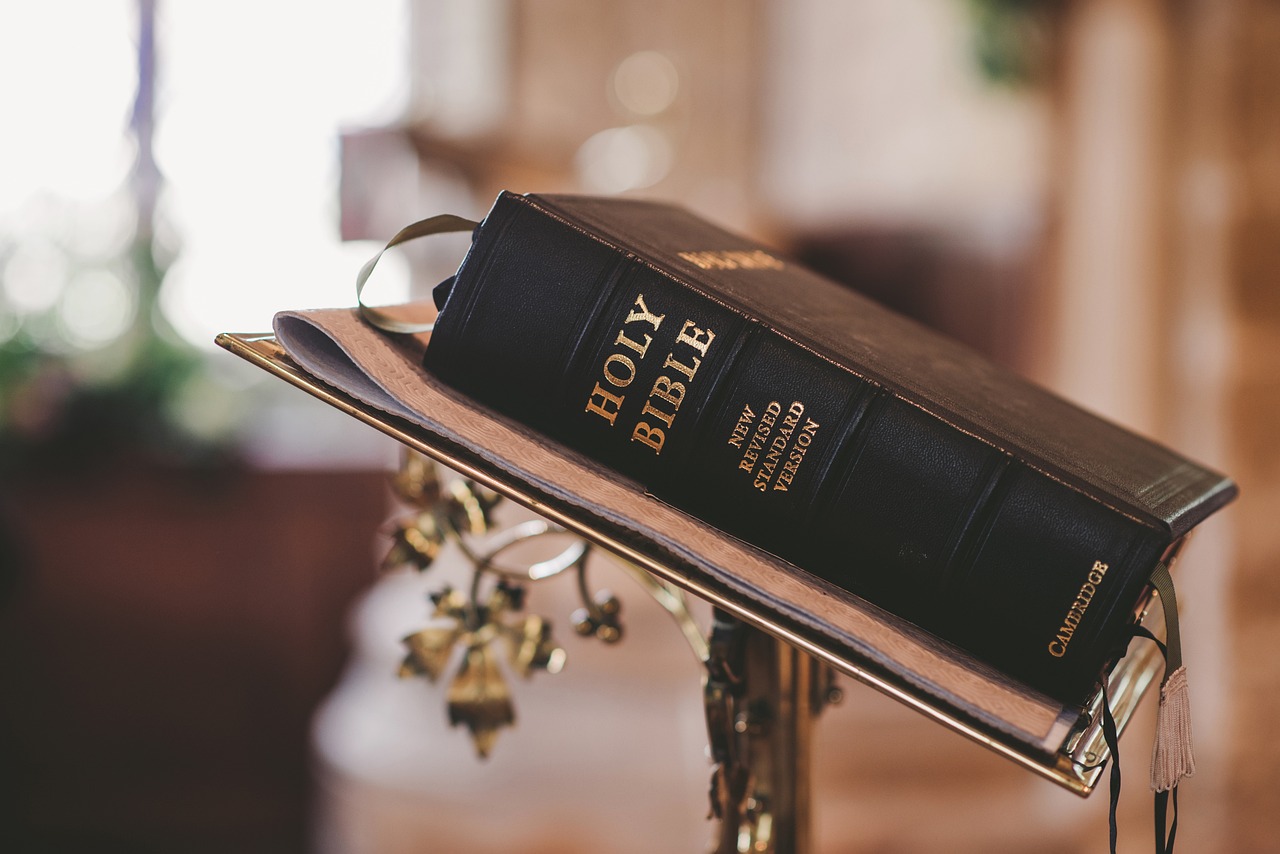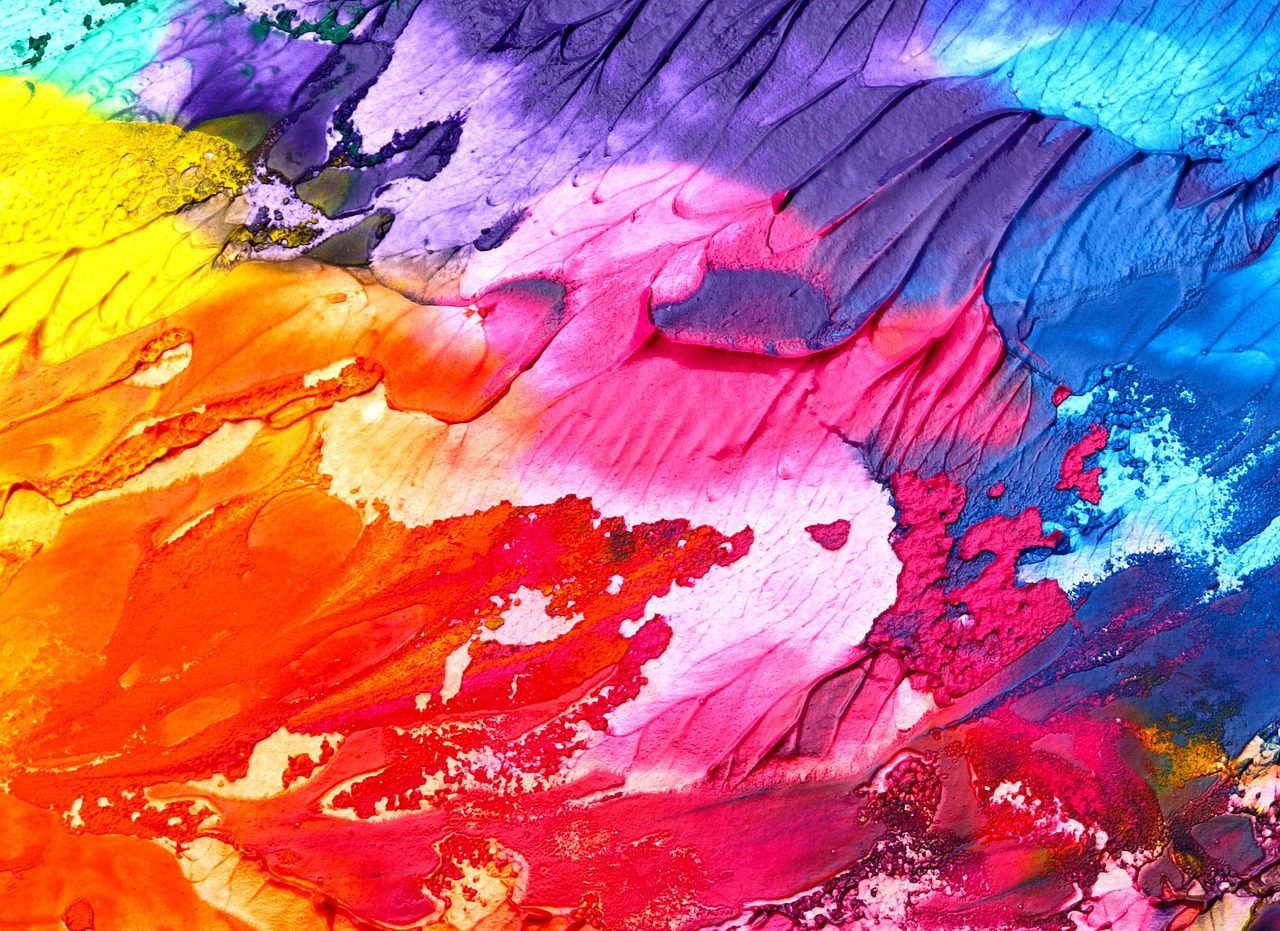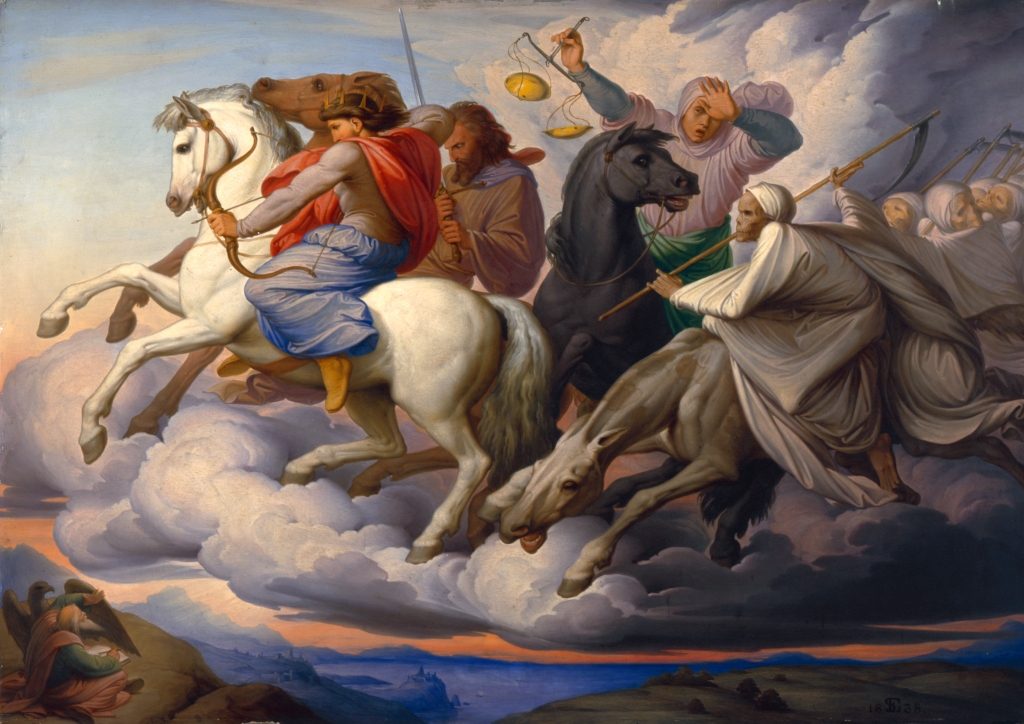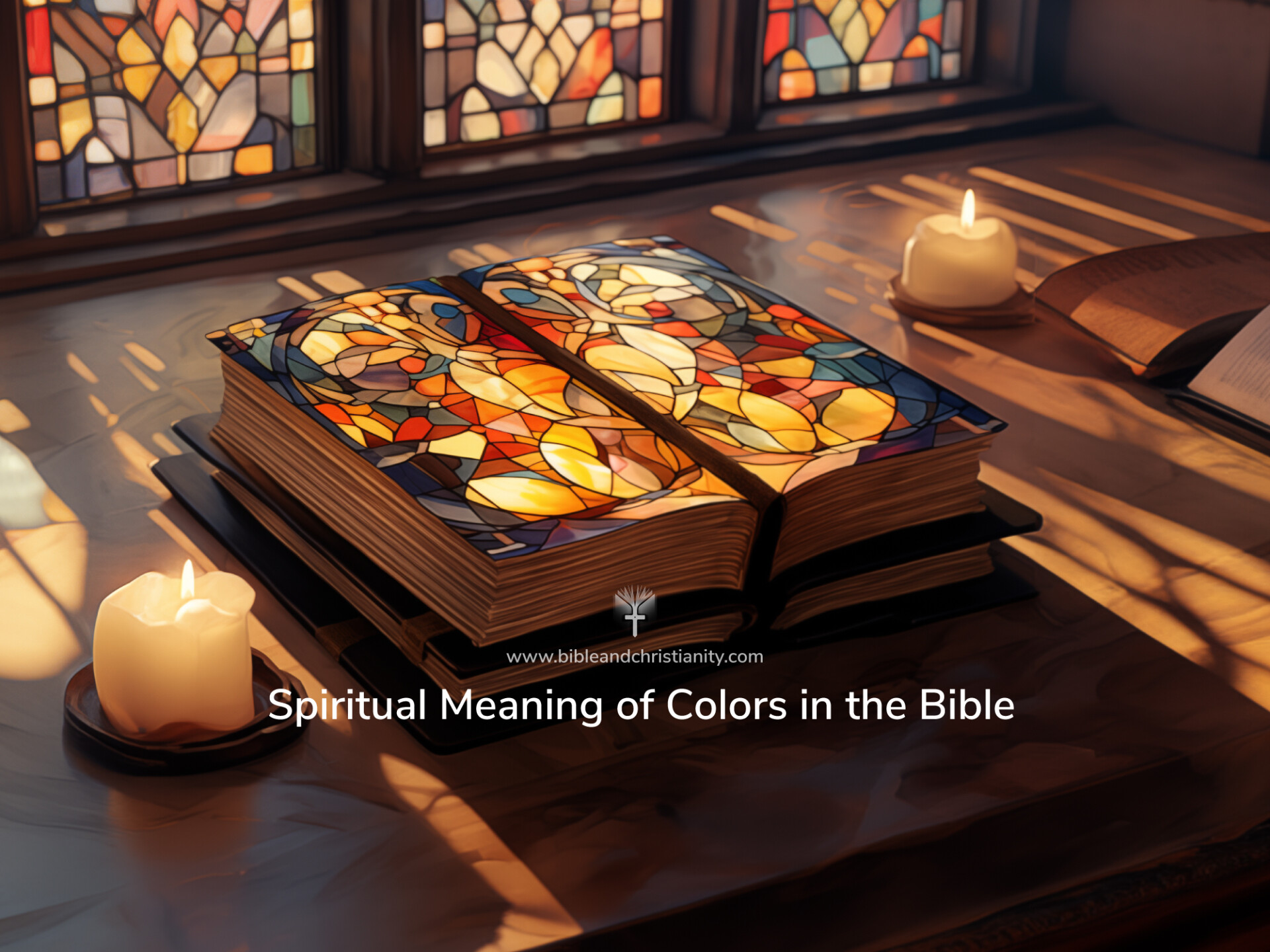Spiritual Meaning of Colors in the Bible
The Bible uses symbolism to reveal important spiritual truths. Symbols and figurative language are important literary devices that add depth to the text. By discerning their meanings, Christians can glean important Biblical lessons. It also teaches invaluable lessons about God. Understanding the meaning of colors in the Bible is a great way to enrich your faith.
Biblical symbols come in many forms. Numbers, animals, and nature are popular sources. This type of imagery reveals deeper mysteries. The colors of the Bible contain spiritual significance, too. The spiritual meaning of colors is multifaceted, from covenants to prophecy to basic symbolism. Let’s take a closer look at the meaning of colors in the Bible.
The Meaning of Colors in the Bible
What can we tell about the spiritual meaning of colors in the Bible? When we examine the use of colors in the Bible, we learn more about the meaning God assigns them.

Blue
In the Bible, blue Biblical meanings often relate to the heavens since it is the sky’s dominant color. The heavens are God’s dwelling, so blue can also be related to God’s presence (Deuteronomy 26:15).
Water is also blue. It can represent life (John 7:38, Jeremiah 2:13) and cleansing or healing (Numbers 15:38-41). Blue was also a primary color used in priestly garments, drawing on all of these meanings.
Yellow
In the Bible, yellow spiritual meanings are linked with gold. The Hebrew word for yellow, charuts, is also used to refer to gold. Gold represents God’s sovereignty and presence, as well as purification.
God instructs Solomon to overlay His holy temple and utensils with gold (1 Kings 6). The temple was meant to be God’s home. The ceremonial utensils were routinely purified. The New Jerusalem is also made of pure gold (Revelation 21:18). It is the purified city where God will reign sovereign when sin and Satan are destroyed. In 1 Peter 1:7, Peter equates God’s character-refining ways to purifying gold.
Red
Red spiritual meanings in the Bible are associated with humanity, blood, and status. The Hebrew word oudem means “red clay.” It is the root word for mankind. It’s also the root of the name Adam, who was the first man (Genesis 2:7).
Blood is an important symbol in the Biblical narrative. It represents humanity’s atonement for sin (Leviticus 17:11). Jesus’s blood offers the ultimate atonement. Blood offerings point to His sacrifice on the cross (Colossians 1:20).
Scarlet and crimson are also shades of red used in scripture. They were expensive to make in ancient times and represent blood (Isaiah 1:18) when mentioned in the Bible.
Purple
In the Bible, purple symbolizes royalty, priesthood, luxury, and splendor (John 19:2, Exodus 28). The color signifies important status (Daniel 5:16).
Orange
Orange Biblical meanings relate to amber. This warm color conveys the glory of God, often represented by fire. It also expresses His enduring presence, patience, and kindness (Ezekiel 1:4).
Black
This color’s meaning in the Bible links to confusion, sin, death, and destruction (Zephaniah 1:15, Exodus 10:21, Romans 1:21-22).
White
This color’s meaning in the Bible is holiness, purity, and righteousness, especially that of Jesus Christ (Mark 16:5, Isaiah 1:18).

Colors of the Bible
Some of these colors make important appearances in key events in the Biblical narrative. The spiritual meanings of color add significance in four powerful places: the Noahic covenant, the Tabernacle, the apocalypse, and the judgment.
Colors of the Bible and God’s Covenant
In Genesis 6-9, God destroys the earth with a flood. He saves Noah, Noah’s family, and all living creatures in a boat. Once the waters recede, the survivors emerge. Then, God vows that he will never destroy all life ever again. The sign he chooses to signify this covenant promise is a rainbow. God tells Noah, “The rainbow will be in the cloud. I will look at it, that I may remember the everlasting covenant between God and every living creature of all flesh that is on the earth.” (Genesis 9:16).
The rainbow, a band of many colors, represents God’s covenant. The promise was for all living things. These colors of God symbolize a promise that He’s kept to this day.
Colors of the Bible and the Tabernacle
God provided the children of Israel with specific instructions on how to worship Him. Those instructions included building requirements for a tabernacle. The yarn colors he chose for this structure carry significance.
The Lord required blue, purple, and scarlet yarn for the curtains (Exodus 25:4). They constructed curtains (Exodus 26:1,4,31,36; Exodus 27:16), as well as the priests’ clothing (Exodus 28:5,6, 8,15,33). These shades–blue, purple, scarlet, and red–were luxurious and rare, signifying the distinction of God’s home. They are holy colors to the Lord when they are used in His presence. They symbolized His divinity, grace, and royalty.
Colors of the Bible and Prophecy
In the book of Revelation, four colors take center stage. John uses symbolism to paint a picture of the apocalypse, including four horsemen. The colors of the riders’ horses–white, red, black, and pale or green–are critical to understanding this end-time prophecy.
The white horse and its rider represent Christ and His righteousness. The red horse is the color of blood, and its rider carries a sword. They represent war. The black horse represents famine since its rider dictates how much food the world will receive on His scales. Lastly, the pale horse represents death, which is also the name of its rider. The pale color represents the pallid, greenish color of the dead. The implications of these riders during the apocalypse are intensified by the colors of their horses.

Colors of the Bible and the Judgement
What color represents judgment? It depends. Both white and black can represent judgment. God’s throne is the seat of judgment and is white (Revelation 20), while black in passages where God judges His people (Lamentations 4:8, Micah 3:6, Rev. 6:5,12). Perhaps the best color choice depends on the verdict: white for those deemed righteous through their faith in Jesus Christ and black for those deemed wicked for turning their backs on their Savior.
- Related Topic : Meaning of the Number 22 in the Bible
Holy Colors
When we assess the meanings of colors in the Bible, we see God infusing imagery and significance into many shades. By exploring the spiritual meanings of colors, we experience the richness and beauty God infuses in everything he creates. When you see the vivid pigments of our world or their depictions in scripture, you can hold to the important truths they represent.

